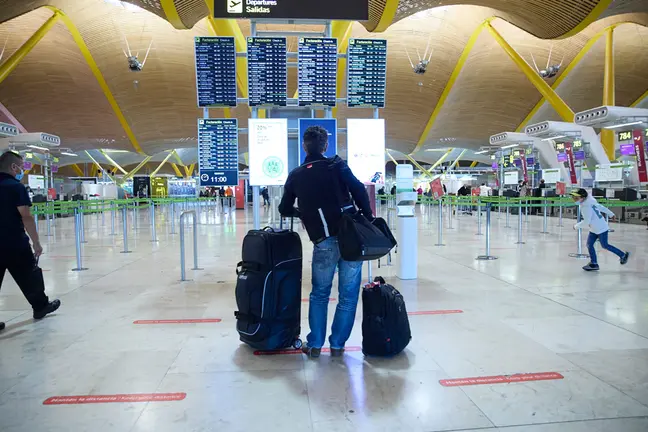Finland's main airport operator (Finavia) will start using Finnish nanotechnology company Nanoksi Finland Oy’s coating solution at Helsinki Airport. The coating can be used to remove viruses and bacteria from airport surfaces and furniture, Finavia said in a statement.
The coating is sprayed on targets such as check-in counters, machines, departure gates and toilet facilities. The coating lasts for a long time, even though the furniture is wiped several times a day.
The Nanoksi solution has been tested at the airport since early summer and, thanks to the good results, Finavia has decided to start using it in September 2021.
“We are continuously keeping track of new methods and products to ensure a high level of hygiene at the airport. This nanotechnology-based coating, which is sprayed on contact surfaces and furniture, makes it easier to keep surfaces clean. The coating destroys pathogens with the help of light and air,” says Sami Kiiskinen, Finavia’s Vice President, Airport Development for Helsinki Airport.
The effectiveness of this technology has been confirmed by research at the University of Tampere. Photocatalysis can destroy 98% of pathogens such as influenza viruses in two hours
“In an airport environment, it’s important that the chosen surface materials are durable, easy to clean and dirt-resistant. Choices related to efficient cleaning are taken into account already at the terminal’s design stage. This is one reason why the airport has a lot of glass and metal surfaces that are easy to keep clean,” Kiiskinen adds.
Contactless movement at the terminal
In international airport surveys, Helsinki Airport has been receiving good ratings from passengers on the cleanliness of the airport for more than 20 years. ACI, an international organisation representing airports, recognised Finavia for its active and good Covid-19 measures.
In addition to cleaning and disinfection, Finavia is also developing contactless movement around the terminal and aims to reduce physical contact in customer service situations.
Examples of this development include automatically opening doors and gates, contactless passport and ticket readers and contactless payment in airport shops and restaurants.
Passengers can also drive in and out of the parking hall based solely on their vehicle’s registration number.











